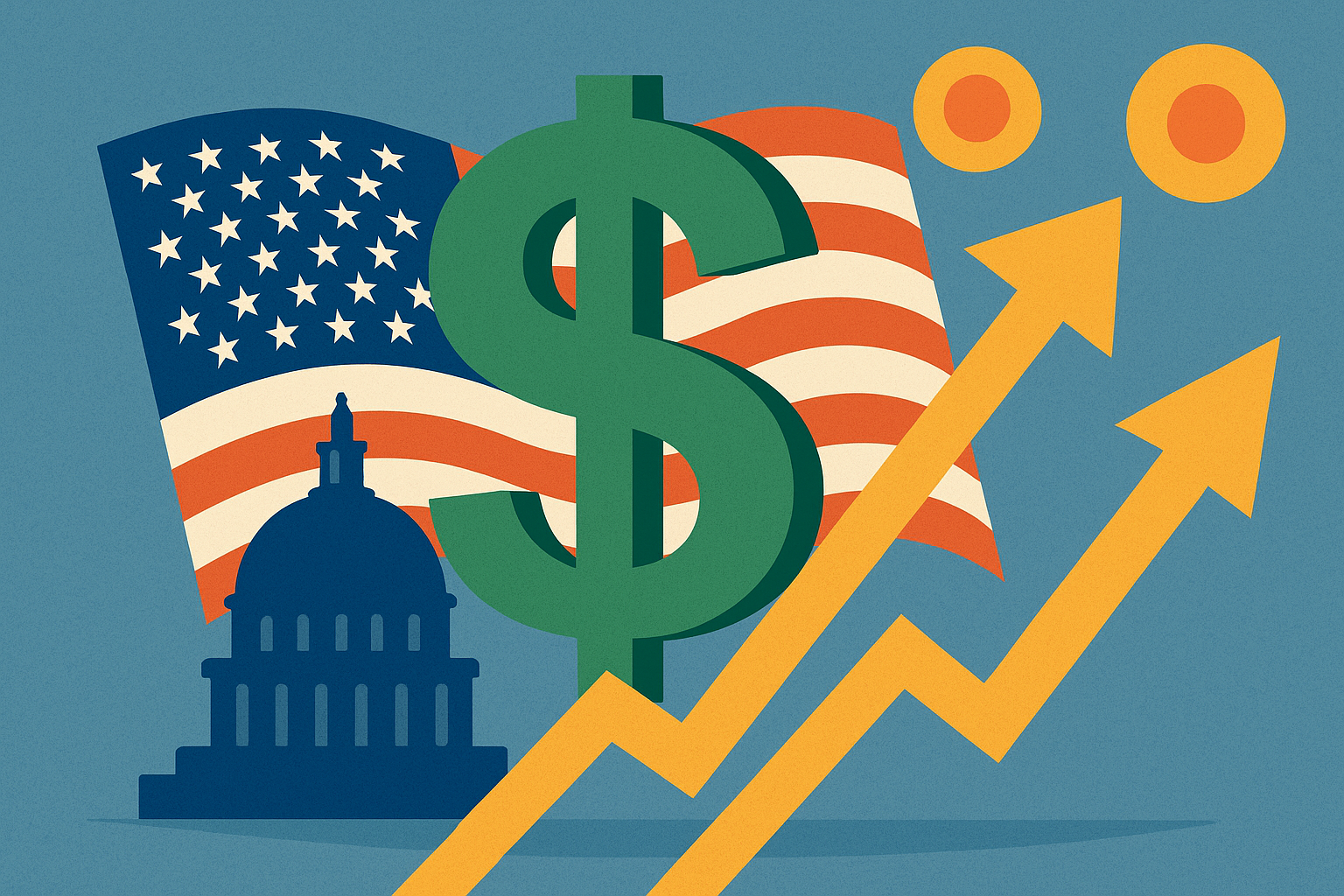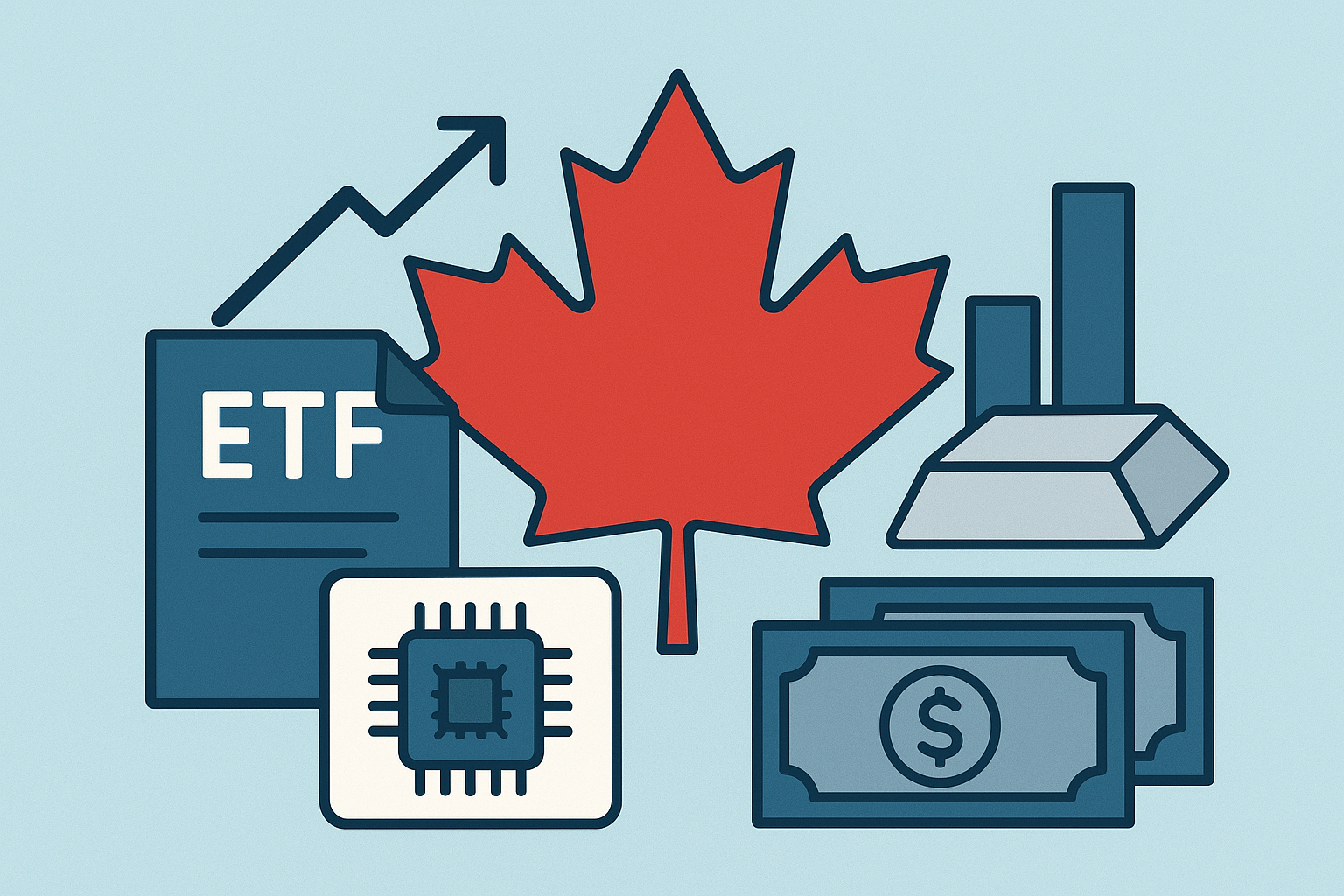The artificial intelligence boom shows no signs of cooling. OpenAI, the company behind ChatGPT and one of the most closely watched names in the sector, has now reached a staggering $500 billion valuation following a $6.6 billion secondary share sale. According to Reuters, the deal involved shares sold by current and former employees and attracted deep-pocketed investors including SoftBank and T. Rowe Price.
For investors, this milestone cements AI’s role as one of the most powerful market drivers of the decade. Yet, it also raises key questions about sustainability, valuations, and where the next opportunities may lie.
The Bigger Picture: Why This Matters Now
AI has been the defining growth engine of 2025. From Nvidia’s ($NVDA) trillion-dollar rise on GPU demand to Microsoft’s ($MSFT) expansion of Azure AI services, the sector has been absorbing massive amounts of capital. The OpenAI secondary sale reinforces the trend: investors are willing to back infrastructure and platforms at valuations more commonly associated with mega-cap tech firms.
Unlike traditional IPOs, secondary sales do not inject new cash into the company but provide liquidity to employees and early backers. The sheer size of this sale highlights both the demand for exposure to AI and the scarcity of direct avenues for public investors to participate in OpenAI’s growth.
Investor Confidence Meets Valuation Stretch
OpenAI’s $500 billion valuation puts it in the same league as Meta Platforms ($META) and Tesla ($TSLA), despite generating far lower revenues. While the company’s technology is undeniably transformative, questions remain about whether the numbers are justified.
Analysts from Bernstein and Goldman Sachs have previously flagged AI infrastructure and software leaders as overvalued, pointing to risks if adoption growth slows or capital expenditure retrenches. At the same time, McKinsey has projected that generative AI could add up to $4.4 trillion annually to global GDP, underscoring the vast opportunity ahead.
For institutional investors, the challenge lies in balancing enthusiasm with caution. Buying into the AI story indiscriminately could expose portfolios to bubble risk, while selectively targeting companies with earnings leverage and defensible moats may deliver more sustainable returns.
Future Trends to Watch
- AI Infrastructure Build-Out: Demand for data centers, GPUs, and high-bandwidth memory chips is accelerating. Companies like Nvidia, AMD ($AMD), Samsung, and SK Hynix are among the top beneficiaries.
- Enterprise Adoption: Global corporations are embedding generative AI into workflows, from customer service to R&D. This creates opportunities for SaaS firms and cloud providers.
- Regulatory Risks: With OpenAI’s influence expanding, policymakers in the U.S. and Europe are considering tighter regulation around AI deployment and data usage. Political developments could reshape the competitive landscape.
- IPO Pipeline: Secondary sales hint that a full IPO could eventually follow, giving public markets access to OpenAI. Timing, however, may depend on broader market conditions and U.S. political stability after the government shutdown.
Key Investment Insight
The surge in OpenAI’s valuation underscores the continued appetite for AI exposure—but also signals that parts of the sector may be overheating. Investors should:
- Focus on fundamentals: Companies with strong earnings and defensible moats in AI hardware (Nvidia, AMD, HBM suppliers) and enterprise adoption (Microsoft, Alphabet) are likely better positioned than speculative plays.
- Watch for rotation: As capital floods into AI leaders, under-the-radar suppliers in semiconductors, cloud infrastructure, and power generation could offer asymmetric upside.
- Manage risk: Treat momentum-driven AI valuations with caution. Diversification into metals (copper, rare earths) and energy infrastructure may provide hedges against AI-sector volatility.
OpenAI’s $500 billion milestone is more than just a headline—it’s a signal of where capital markets are heading. The AI race is reshaping industries, investor portfolios, and even global politics. But in markets where growth stories become dominant narratives, the line between conviction and speculation grows thin.
Stay with MoneyNews.Today for daily insights into the sectors, stories, and signals that shape tomorrow’s investment landscape.





